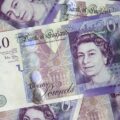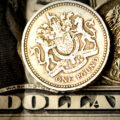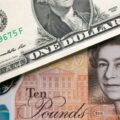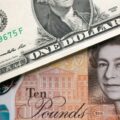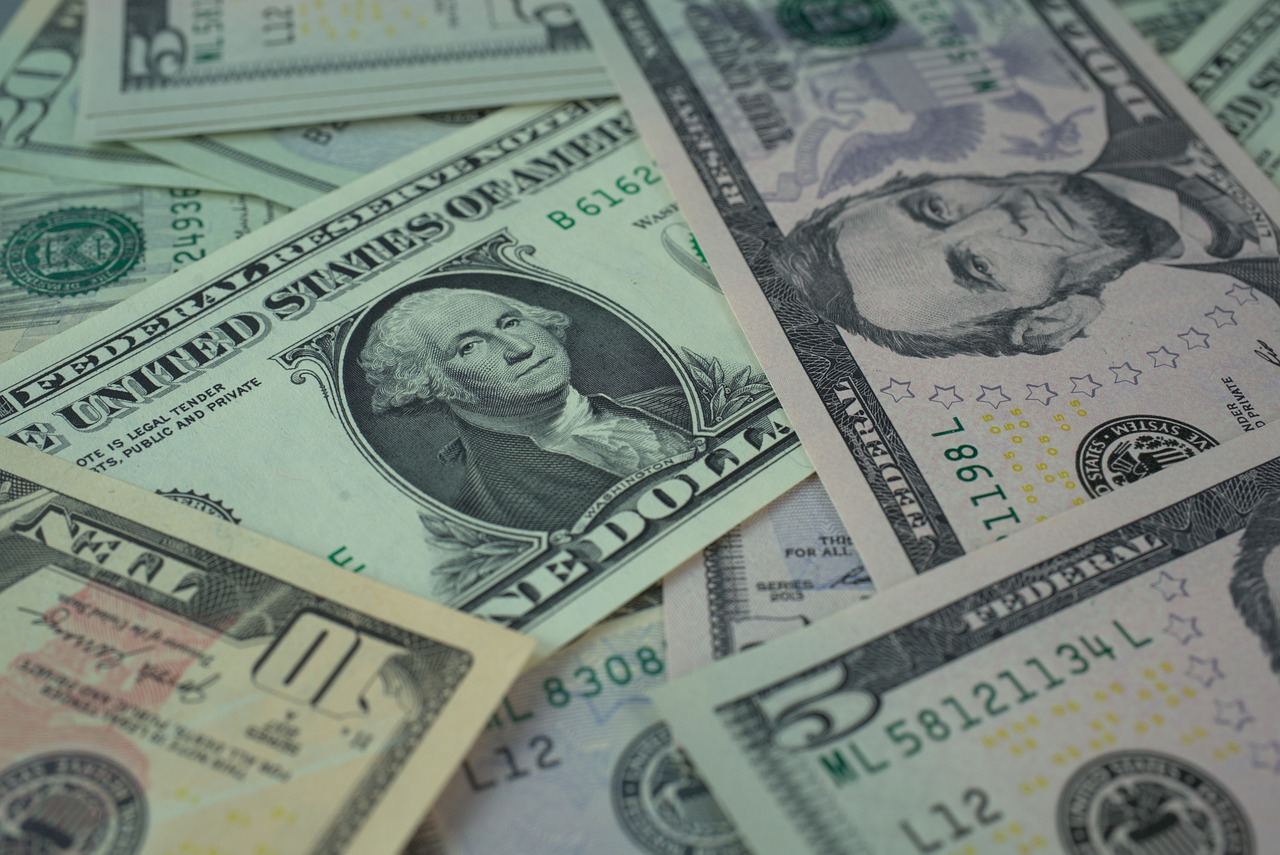GBP/USD Falls to Its Lowest Point, First Since July 2020, Following the BOE Economic Post
Visiting Old Lows
The GBP/USD currency pair suffered another round of weakness under the 1.2400 benchmarks on Thursday. It eventually fell to its lowest point so far, which was last recorded in July 2020. This recent loss of ground is a direct reaction to the dovish policy of the Bank of England.
In accordance with general expectations, the Bank of England further raised interest rates for the fourth time. The bank has been on a roll with its rapid pace of increases recently. The vote cast at the meeting where the interest rate was decided revealed that three members of the Monetary Policy Council voted in favor of a 50 basis point rise.

GBP/USD price chart. Source TradingView
Importantly, the Bank of England’s follow-up statement after the rate increase indicated that there might be more coming. According to the speech, it might be appropriate to have those increases in a matter of a few months.
Further on the activities of the members of the Monetary Policy Council, two of them are said to judge interest rate guidance as not appropriate. They took this position because they feel that the risk to inflation and growth are balanced. In Addition, the Bank of England has called caution over a steep economic slowdown.
The Bank of England has forecast that the economy of the United Kingdom will contract by some 0.25% by next year. The division in the Monetary Policy Council, as well as the declining growth risk, indicates that the cycle of the interest rates might be getting close to a halt. It, therefore, caused an aggressive round of sales around the Pound Sterling.
In the press conference after the monetary policy meeting, the Governor of the BOE said that the MPC disagrees with those who suggest further rate increases. There are people who think more interest rate increase is the best rather than a dovish response.
USD Bounces Back
Meanwhile, the US Dollar had a strong bounce back on the back of expectations of more rate increases at the next four meetings of the Federal Reserve. The expectations increased the pressure on bearish traders around the GBP/USD currency pair and also aided the decline.
There was the loss of some trading stops along with the declined intraday gains. The stops were initially located close to the weekly low point in the vicinity of the mid-1.2400 area that was reached on Wednesday. The fall that followed, however, revealed that there is resistance under the 1.2400 benchmarks.
It is, hence, prudent for traders to wait out to see sustained weaknesses under the handle. This said weakness, if it is available, would help bearish traders’ position for more depreciating moves.



